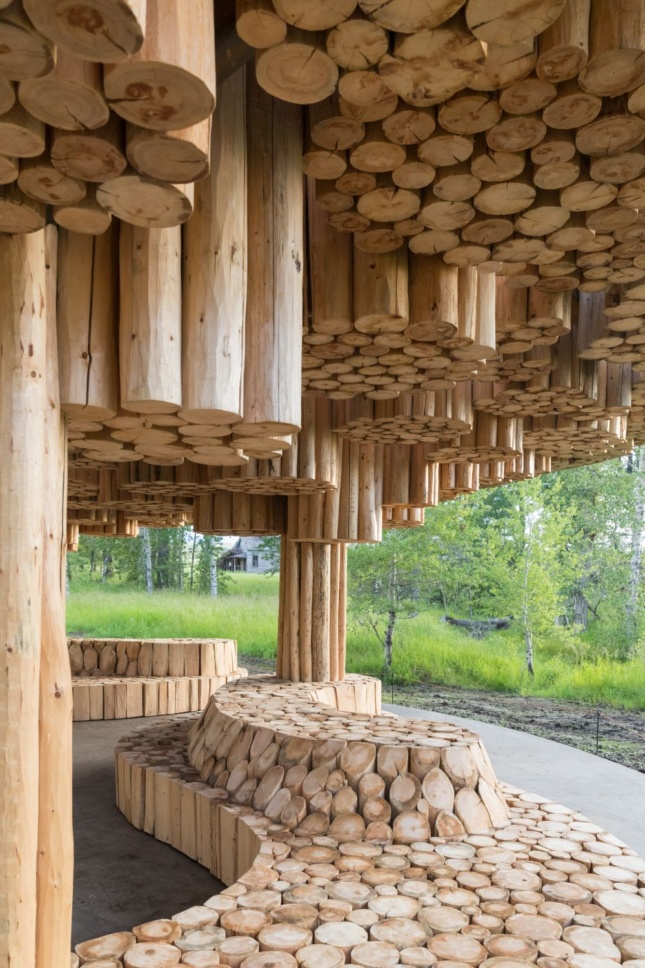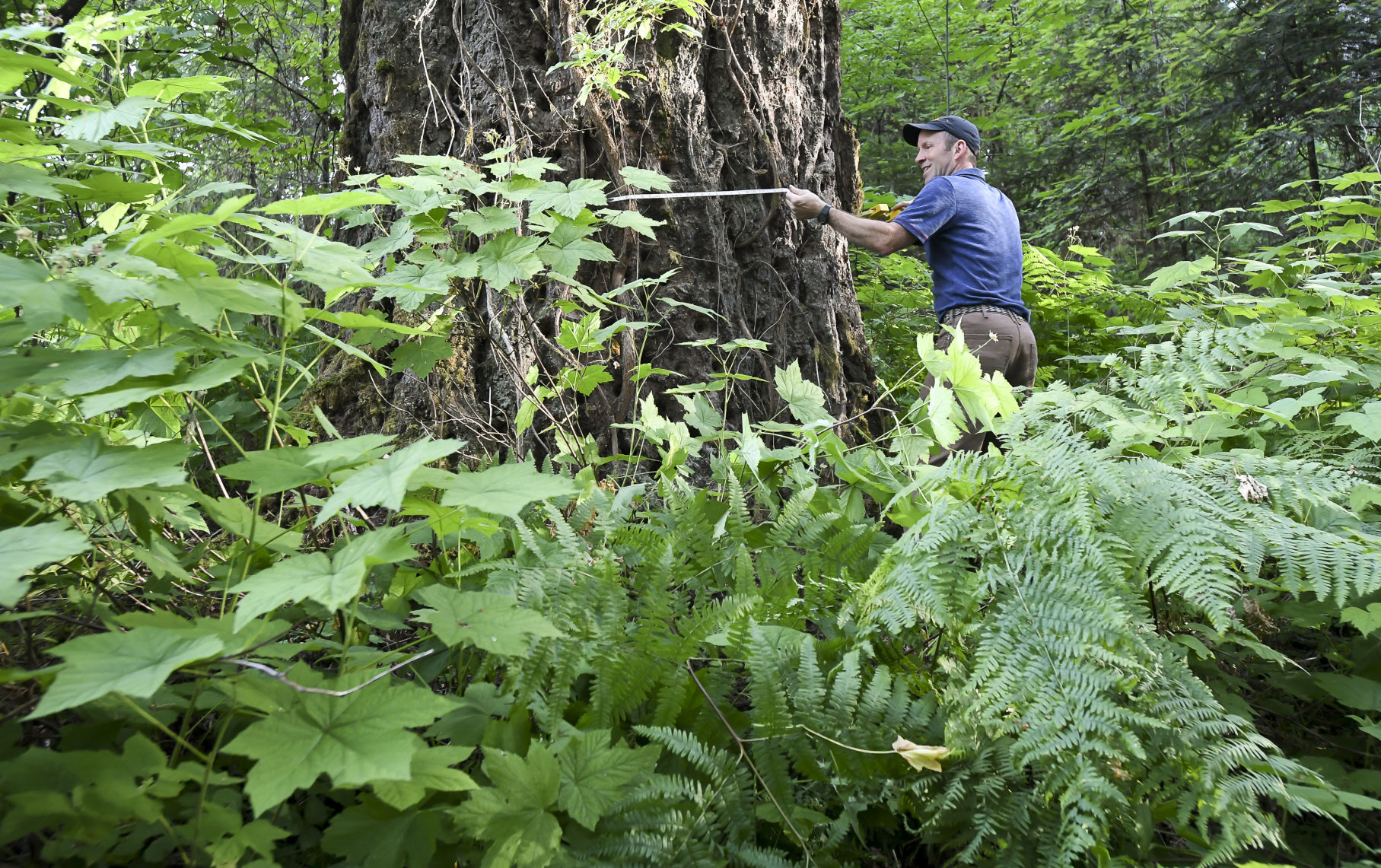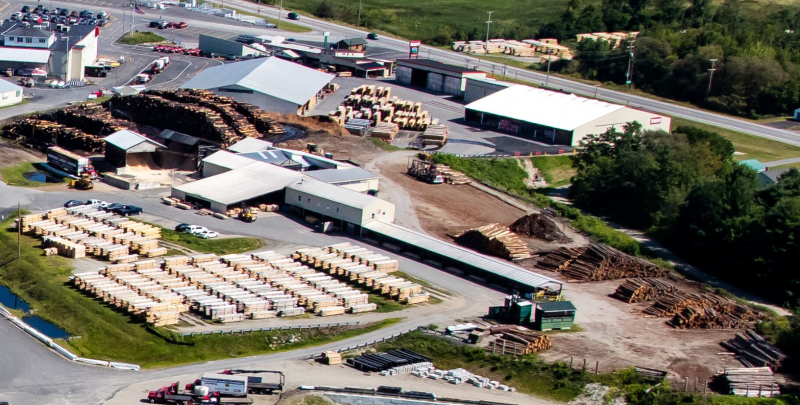 One year after Trump launched a series of trade wars, Canada’s economy has been altered, says Kevin Carmichael. In related news: David Elstone says BC’s forestry contractors are losing work amid mill closures; Conifex temporarily curtails its Mackenzie BC operation; Hampton Lumber takes first in safety; and US remodeler and consumer confidence remains strong.
One year after Trump launched a series of trade wars, Canada’s economy has been altered, says Kevin Carmichael. In related news: David Elstone says BC’s forestry contractors are losing work amid mill closures; Conifex temporarily curtails its Mackenzie BC operation; Hampton Lumber takes first in safety; and US remodeler and consumer confidence remains strong.
New studies report that: Ontario’s forests are more susceptible to insects and fire; dryer summers are killing Oregon’s native trees; European mega-fires are an increasing threat; and reducing home energy consumption is key to lowering greenhouse gases.
Finally, Montana’s Tippet Rise pavilion employs mass timber of a different kind.
Kelly McCloskey, Tree Frog News















